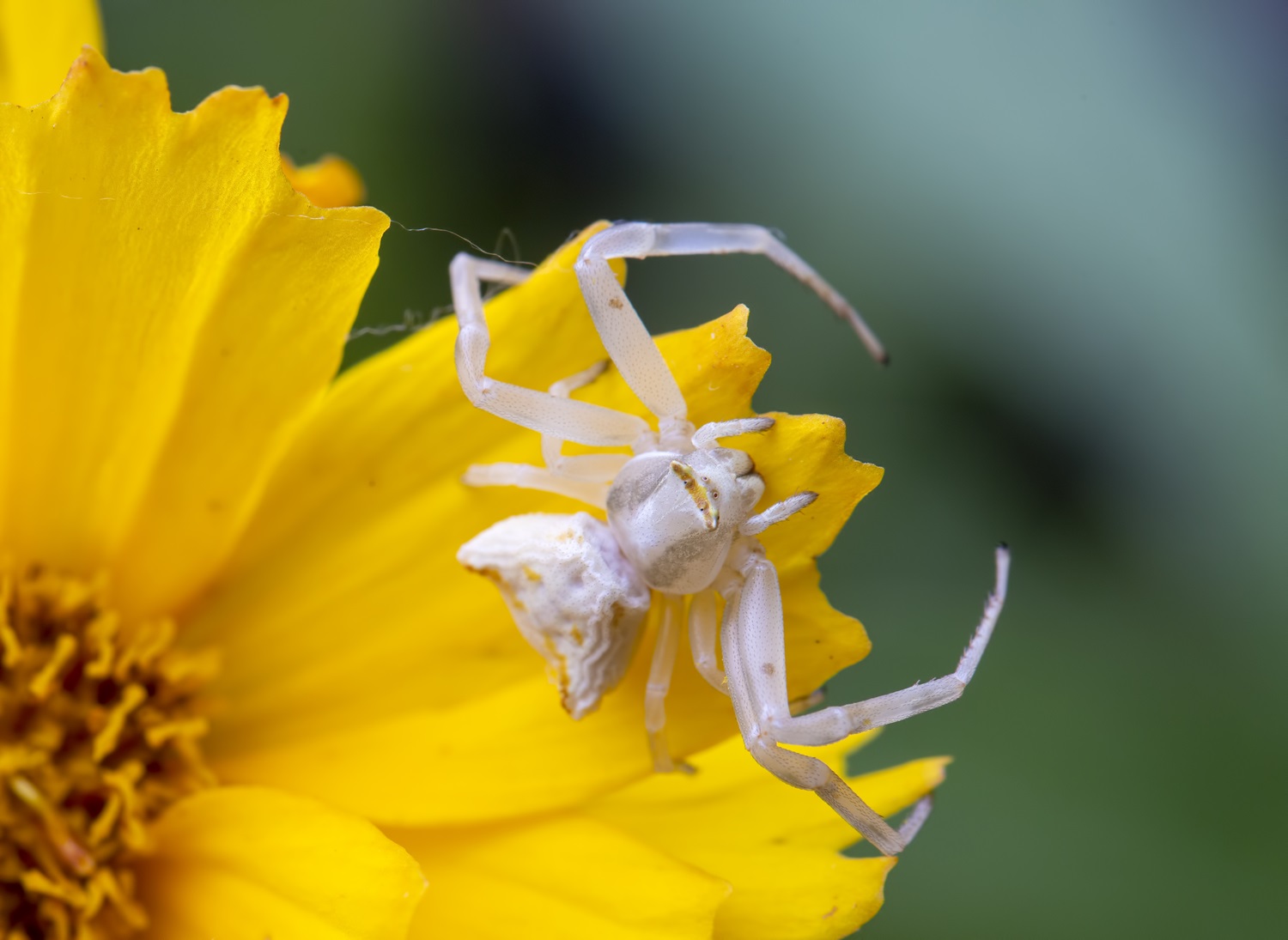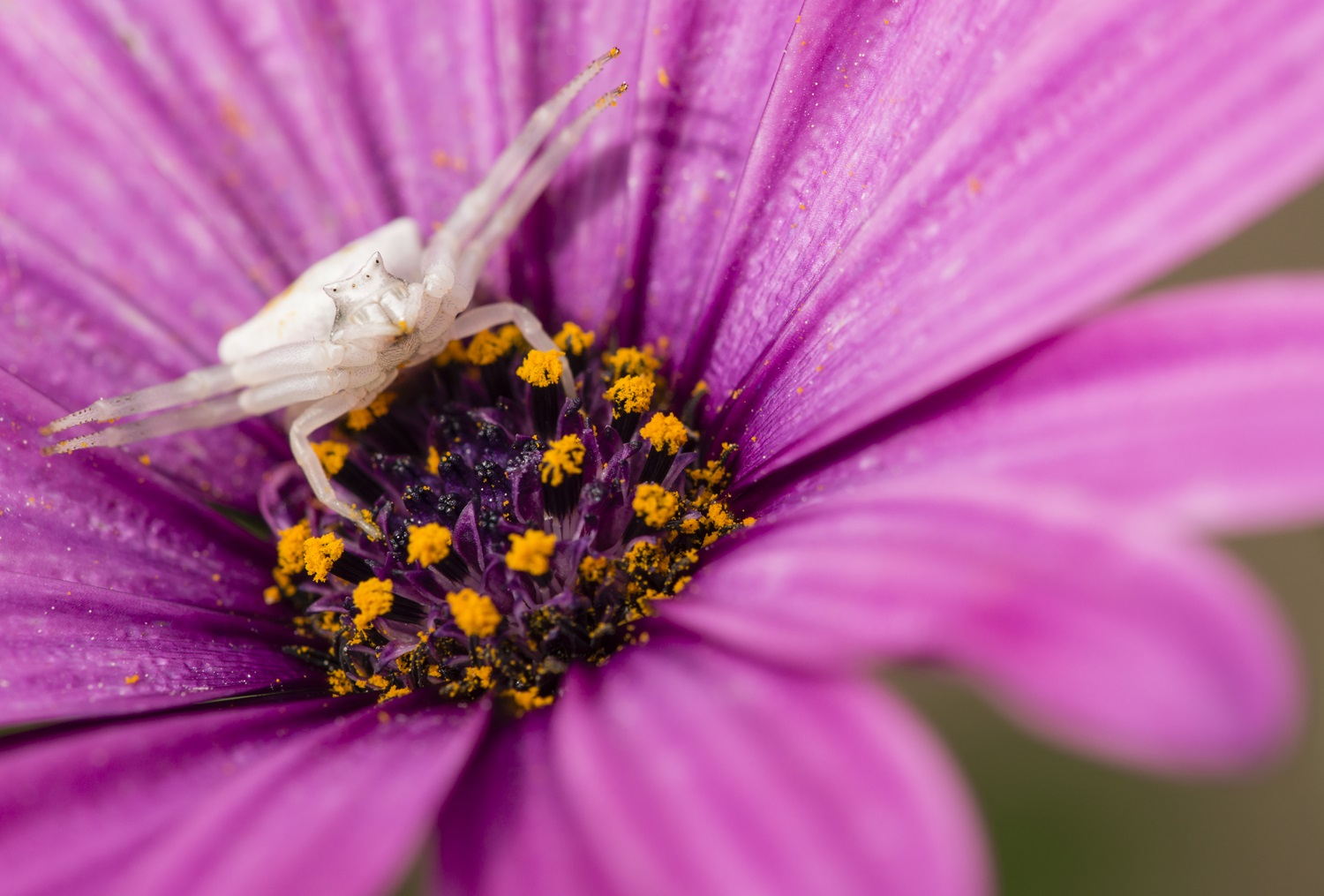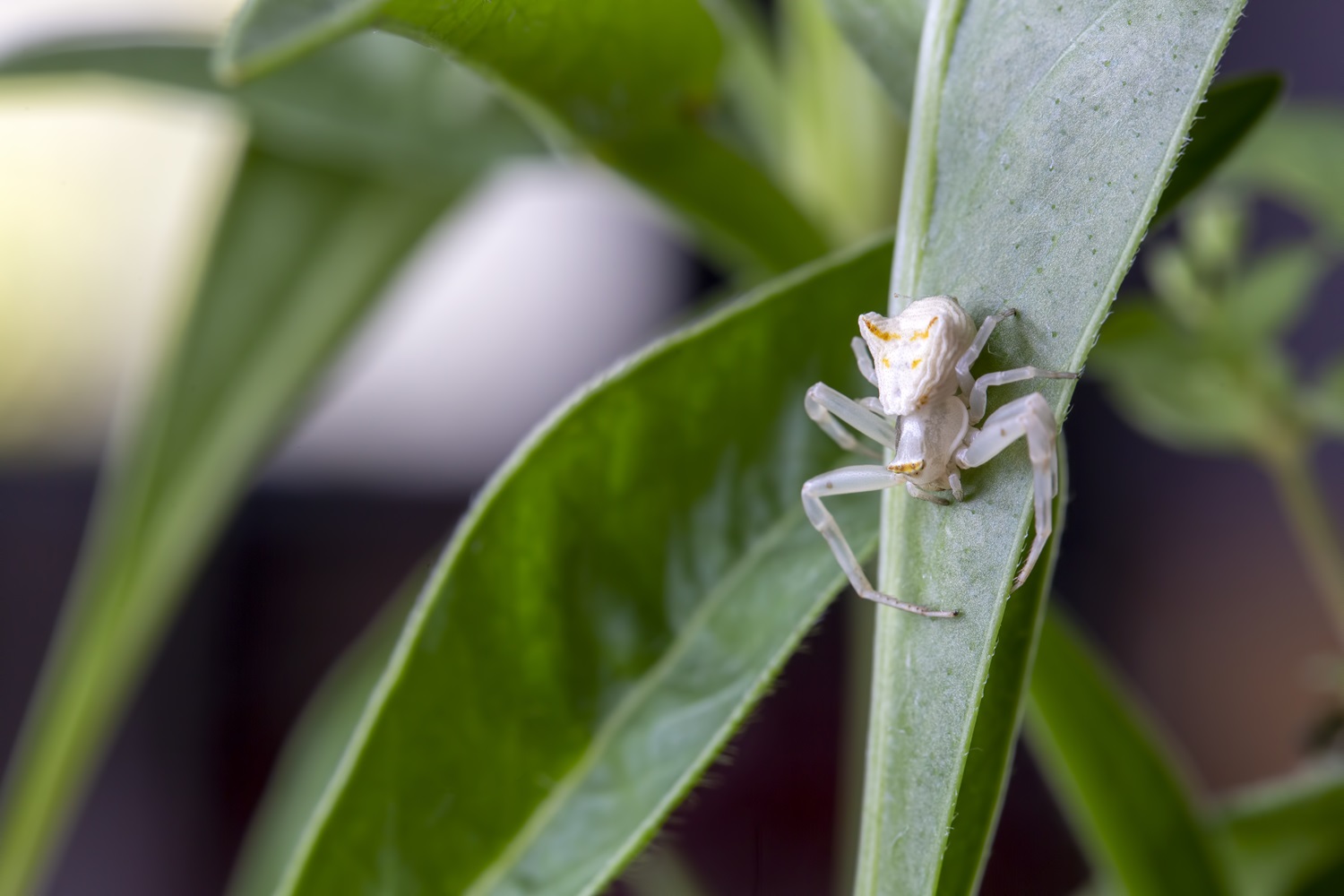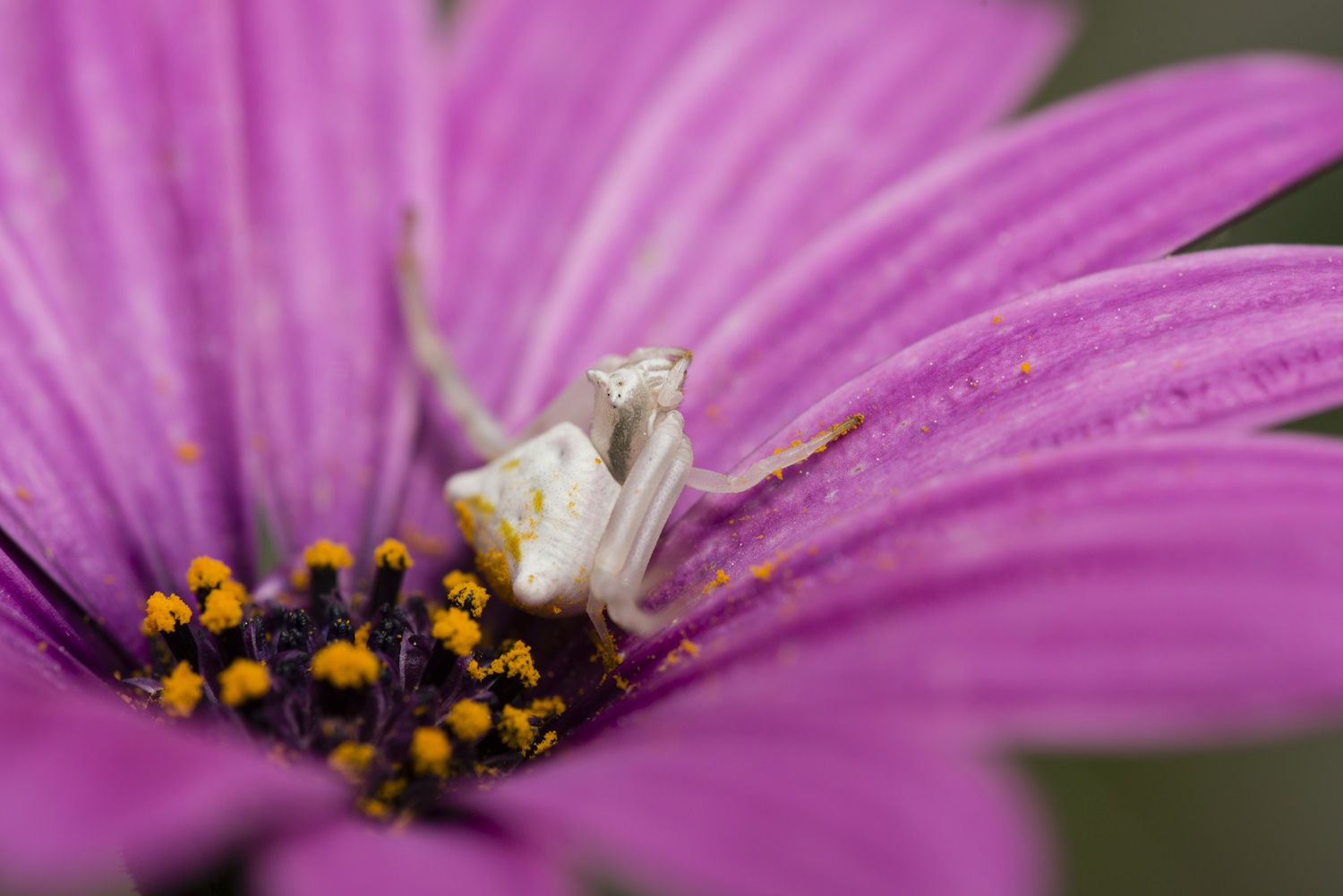Hey there, pet enthusiasts! Today at Pet Breed Hub, we’re diving into the fascinating realm of Thomisidae. Yep, we’re talking about those intriguing critters often called crab spiders. Forget the yawn-inducing stuff you find elsewhere; we’re here to spice things up with our signature punchy style and loads of visuals. Let’s jump right in!
Breed Overview
| Characteristic | Details |
|---|---|
| Scientific Name | Thomisidae |
| Class | Arachnida |
| Order | Araneae |
| Size | 2 to 10 mm (varies by species) |
| Lifespan | 1 to 2 years (in the wild) |
| Habitat | Widely varied—from flowering plants to ground debris |
| Diet | Primarily insects; ambush predators |
| Special Features | ability to change color to blend with surroundings<br> – Do not spin webs to catch prey<br> excellent vision with two large front eyes |
| Distribution | Worldwide, with a high diversity in tropical regions |
Why Thomisidae Stand Out?
Camouflage Masters: Their ability to blend into their environment makes them fascinating subjects of study and photography.
Unique Hunting Method: As ambush predators, they provide a different perspective on spider behavior, contrary to the common web-spinning narrative.
Photogenic Creatures: Their varied colors and shapes, coupled with their floral habitats, make them popular among nature photographers.
Habitat

Diverse Dwellings
Flower Power: Many Thomisidae spiders choose a life of luxury among the petals and stems of flowering plants. Why? Because it’s the best spot to catch their next meal and avoid becoming a meal themselves.
Leafy Lounges: Not all crab spiders stick to flowers. Some prefer the understated elegance of leaves and bark, blending in perfectly and waiting for an unsuspecting insect.
Ground Patrol: Then there are the adventurers of the family, who scout the ground, using dead leaves and soil as their camouflage playground.
Global Citizens
From the warm tropics to cooler climates, Thomisidae spiders don’t limit their real estate options. They’re found worldwide, adapting to whatever Mother Nature throws their way.
Diets

Ambush Cuisine
Bug Buffet: These spiders aren’t picky eaters. Their diet mainly consists of a variety of insects that wander too close. This can include flies, bees, butterflies, and any other unlucky insect that crosses their path.
Stealth Mode: These spiders don’t spin webs to catch their meals. Instead, they’re the ninjas of the spider world, relying on stealth and surprise to grab a bite. They patiently wait for the perfect moment to pounce on their prey.
Special Dining Spots
Flower Restaurants: Many crab spiders set up shop in Flowers, a hotspot for insect activity. It’s the perfect ambush spot, providing a steady stream of meals buzzing right into their territory.
Eating Habits
Size Matters: Despite their small size, These spiders can take down prey much larger than themselves, thanks to their potent venom and strong grasp.
Liquid Diet: Like most spiders, Thomisidae liquefy their food with digestive enzymes before sucking it up. A smoothie, but make it insect-style!
FAQs
1: What exactly are Thomisidae?
They’re a family of spiders, often called crab spiders due to their crab-like appearance and movements.
2: Do Thomisidae spiders bite humans?
They can bite if threatened, but their venom is not harmful to humans. It’s more of a “Hey, back off!” message than anything else.
3: How do Thomisidae spiders catch their prey?
By ambushing! They don’t spin webs; instead, they wait in flowers or on leaves to grab unsuspecting insects with their powerful front legs.
4: Can Thomisidae change colors?
Yes, some species can! They adjust their color to blend in with their surroundings, like flowers, making them stealthy hunters.
5: How big do Thomisidae get?
They vary in size but are generally small, with most ranging from 2 to 10 mm in body length.
6: Where do Thomisidae live?
Almost everywhere! From forests and grasslands to your garden, as long as there are plants and insects around.
7: What do Thomisidae eat?
Mainly insects. They’re not picky eaters and will feast on whatever stumbles into their path.
8: Are Thomisidae solitary?
Yes, they prefer the lone wolf lifestyle, especially when it comes to their hunting grounds.
9: How do Thomisidae reproduce?
After a male courts a female, often through delicate dances or presentations, mating occurs, leading to the female laying eggs.
10: Do Thomisidae spiders live in colonies?
No, they are solitary creatures. Each spider hunts and lives on its own.
11: What’s the lifespan of a Thomisidae spider?
They typically live for about 1 to 2 years, going through a full life cycle from egg to adult in that time.
12: Can Thomisidae spiders be kept as pets?
While it’s not common, some enthusiasts do keep them. However, their need for live prey and camouflage-based lifestyles can make them tricky pets.
13: How do Thomisidae spiders protect themselves from predators?
Camouflage is their main defense mechanism, allowing them to avoid detection by both prey and predators.
14: Are all Thomisidae spiders the same color?
No, their coloration can vary widely, from white and yellow to match flowers, to green and brown for leafy or woody environments.
15: How can I spot a Thomisidae spider in the wild?
Look closely at flowers and leaves, especially on sunny days. If you see a small spider sitting quietly, waiting for its prey, it might just be a Thomisidae.
References And External Links
World Spider Catalog
A comprehensive database provides scientific names and classifications. https://wsc.nmbe.ch
Bugguide.net
An online community of naturalists who enjoy learning about and sharing observations of insects, spiders, and other related creatures. https://bugguide.net
The British Arachnological Society
Offers detailed insights into spider families, including Thomisidae, with guides on identification and behavior. http://www.britishspiders.org.uk
National Geographic
For stunning photography and fascinating facts about the natural world, including occasional features on spiders. https://www.nationalgeographic.com
Smithsonian Magazine
Provides articles and photo essays on a wide range of topics, including arachnids. https://www.smithsonianmag.com
BBC Earth:
Known for its wildlife documentaries, the BBC Earth website also hosts articles and videos about spiders. https://www.bbcearth.com


